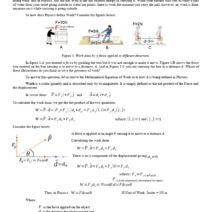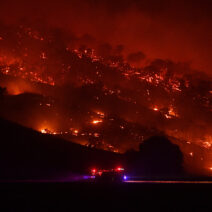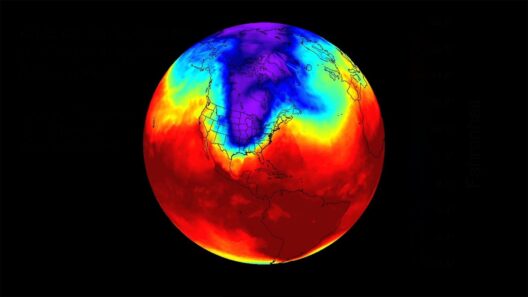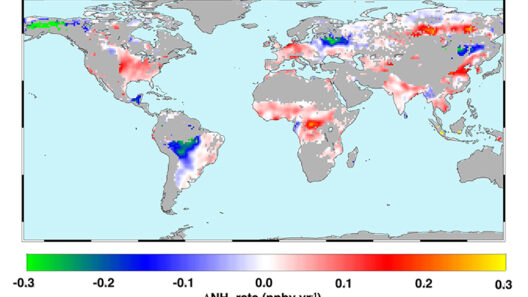Global warming is no longer a distant threat. It is a pressing reality that manifests through various environmental changes, one of the most significant being the acceleration of erosion. Erosion, the process by which soil and rock are worn away by natural forces like wind and water, is exacerbated by the rising temperatures, altered precipitation patterns, and increased frequency of extreme weather events caused by climate change. As the Earth’s atmosphere warms, the consequences ripple through ecosystems, landscapes, and human livelihoods.
Firstly, it is essential to understand the underlying mechanisms of erosion. Natural erosion processes occur at a relatively slow pace under normal conditions, dictated by geological and climatic factors. However, with global warming, the equilibrium is disrupted. The intensification of rainfall patterns leads to an increase in surface runoff, which in turn heightens the ability of water to transport soil particles. Flooding events, more common in a warming world, can dramatically reshape landscapes, carving new channels and removing topsoil essential for agriculture.
Coastal regions illustrate the profound impact of accelerated erosion due to climate change. Rising sea levels, a direct consequence of melting polar ice caps and thermal expansion of seawater, encroach upon land masses, increasing the rate at which coastlines erode. The interplay of storm surges and high tides further exacerbates this erosion, leading to significant land loss and threatening coastal habitats. Beach erosion, for instance, diminishes the natural barrier that protects inland areas from flooding, thereby elevating the risk of property and ecological damage.
Furthermore, the impact of global warming extends to the vulnerability of various terrains, particularly in mountainous and hilly regions. Glacial retreat, driven by elevated temperatures, results in not only diminished freshwater supplies but also destabilization of the surrounding slopes. As glaciers melt, a phenomenon known as glacial outburst floods can occur. These floods sweep through valleys, dismantling rock and soil. The removal of protective glacial ice exposes the terrain to more aggressive erosive forces, thereby accelerating land loss.
Agricultural lands are another critical area under threat. Many farmers rely on specific land types to cultivate crops. Yet, increased rainfall variability and drought conditions undermine soil structure and fertility. Soil compaction from heavy machinery, combined with the inability of the land to retain moisture due to higher evaporation rates, leads to reduced crop yields. Moreover, the loss of nutrient-rich topsoil through enhanced erosion diminishes agricultural productivity, forcing farmers to adapt or abandon their land.
But the ramifications are not limited to economic impacts on agriculture. Ecosystems are dramatically affected as well. Loss of vegetation cover, often resulting from human intervention and deforestation, exacerbates erosion. Without plant roots to anchor the soil, lands become increasingly susceptible to erosion from rainfall and wind. This leads to the degradation of habitat for myriad species, pushing them toward extinction or displacement. The interplay of climate change and erosion thus creates a vicious cycle, where loss of biodiversity reduces resilience against further shifts in climate and land stability.
Addressing the erosion crisis requires a multifaceted approach. Firstly, implementing sustainable land management practices is crucial. Techniques such as cover cropping, agroforestry, and contour farming can help mitigate erosion by enhancing soil structure and reducing surface runoff. These practices not only preserve agricultural productivity but also contribute to carbon sequestration, further combating climate change.
Additionally, restoring natural landscapes is imperative. Ecosystem restoration projects, such as reforestation and wetland reconstruction, can significantly reduce erosion by reinforcing soil stability and maintaining water quality. These natural solutions are often more cost-effective than engineered alternatives, showcasing a dual benefit for both the environment and local communities.
Moreover, policies aimed at climate change mitigation play a pivotal role in curtailing erosion. Regulatory frameworks that limit greenhouse gas emissions, promote renewable energy sources, and enhance public transportation can help slow the pace of global warming. Reduction in temperature fluctuations can stabilize weather patterns, thereby lessening the intensity of rainfall and reducing the risk of erosion.
Public awareness and education are equally crucial. Engaging communities in discussions about the impacts of erosion and global warming fosters a sense of responsibility. Empowering individuals to take action, advocating for local initiatives, and supporting sustainable practices can collectively contribute to mitigating the problem.
Ultimately, combating erosion in the context of global warming is not simply an environmental issue; it intersects with economic, social, and political dimensions. The loss of land poses risks to food security, water supplies, and biodiversity. As such, it requires collective action from individuals, communities, governments, and organizations worldwide. By recognizing the urgency of the situation and embracing both immediate and long-term solutions, it is possible to mitigate the acute impacts of erosion exacerbated by global warming and work towards a sustainable future.
In conclusion, the acceleration of erosion induced by global warming is a complex, multifaceted challenge that demands informed responses. Understanding the mechanisms, recognizing the consequences, and implementing effective solutions can collectively halt the devastating cycle of land loss. As stewards of the Earth, it is incumbent upon us to advocate for sustainable practices that protect our planet’s landscapes for generations to come.






